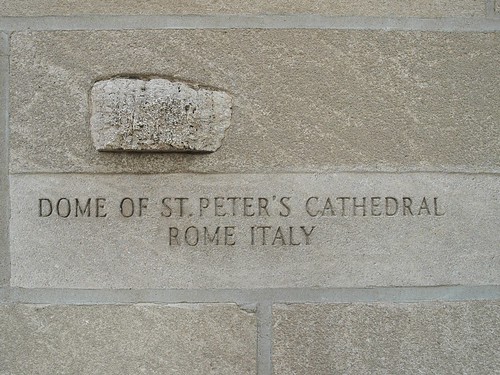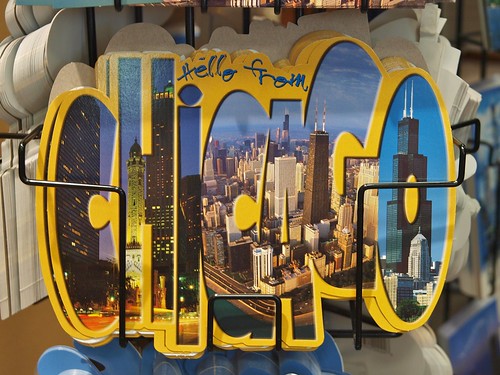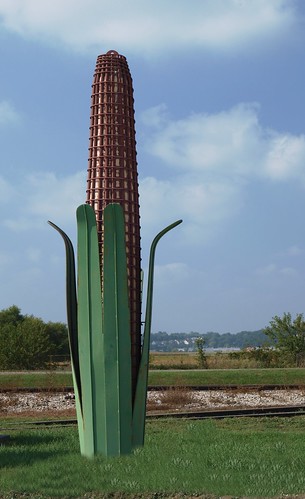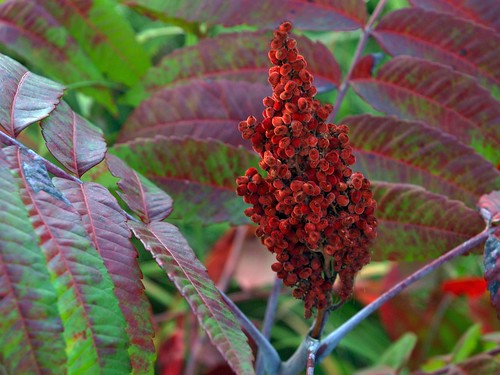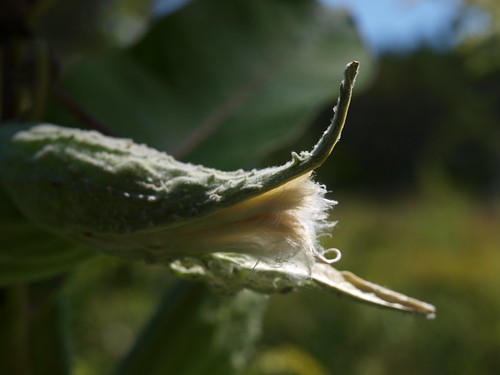The Tribune Tower on Michigan Avenue in Chicago is one of my favorite buildings. Yes – it’s a great building.The architects won a huge contest in 1922 for designing, as the contest requested, “the most beautiful and distinctive office building in the world.” The Tribune newspaper publishers were serious – they offered a $100,000 prize. The building is a combination of the medieval and the modern. And though the building is quite remarkable, mostly I love it for the quirky stones embedded in the exterior walls that are from famous buildings and historic structures around the world. Pieces from more than 30 countries and all 50 states are represented.
Yes, I know these rocks and bricks don’t make for grand photos, but I am so totally taken with the very idea of journalists bringing back these kinds of artifacts to their boss – just so he could mount them on his building. The claim is that they were all obtained by appropriate methods, but who really knows. Imagine asking the Pope for a piece of the Dome of St. Peter’s Cathedral!
The story goes that the Tribune’s Rome correspondent informed Colonel McCormick, longtime editor and publisher, that the above stone was obtained from the Pope’s apartment “due to the fact that repairs were being made.” Oh. Okay.
The stone does come from the largest and one of the most widely known Christian churches in the world which took 181 years to build (1445-1626). The dome itself was built from 1573-90, and designed by Michelangelo who died in 1564. This is really quite the artifact.

Tribune Tower Historical Stones ©2008 Bo Mackison
New Hampshire is represented by this brick from Fort William and Mary in New Castle. The fort, built in 1704-05, was one of the first forts involved in the new country’s struggle for independence in December of 1774.
I managed to take photos of about 80% of the stones. Some were just too high for me to photograph. Looks like there may be a few Tribune Tower posts in the next few months. Seems like something I would like to document. I can’t find much information about them anywhere on the internet.
